More results...
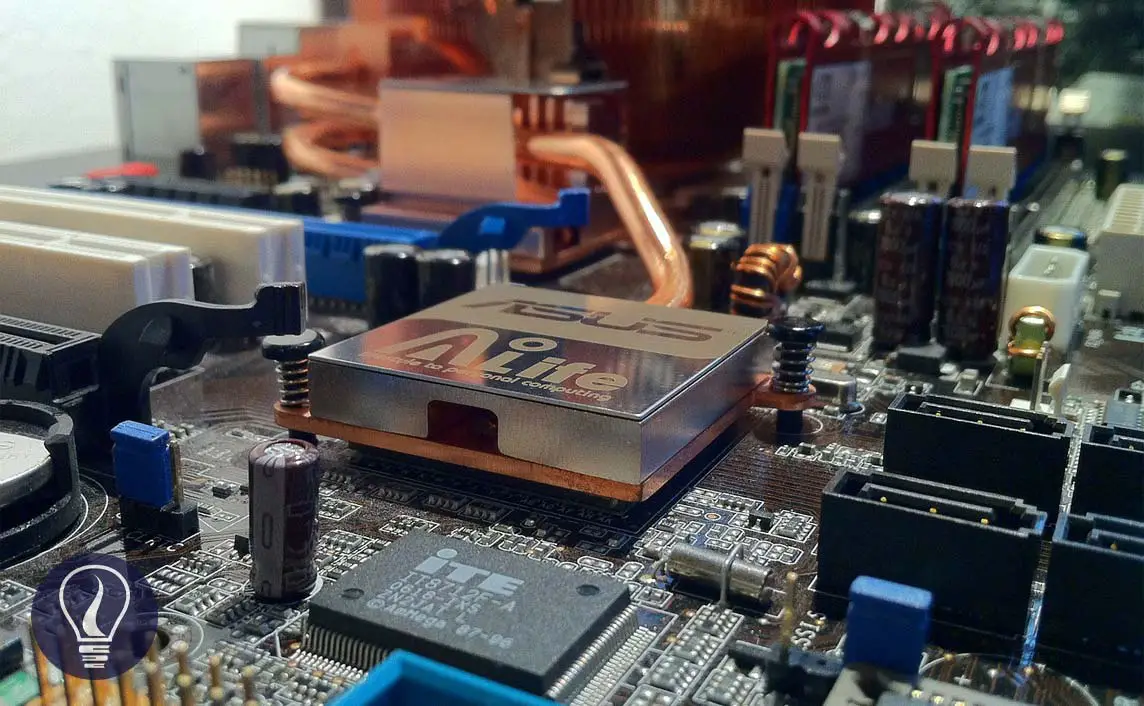

A band-pass filter is an electronic filter that passes all signals lying within a band between a lower-frequency limit and an upper-frequency limit. So, the band pass filter (BPF) will reject all other frequencies that are outside the specified band. The band-pass filter is a combination of a high pass filter and a low pass filter.
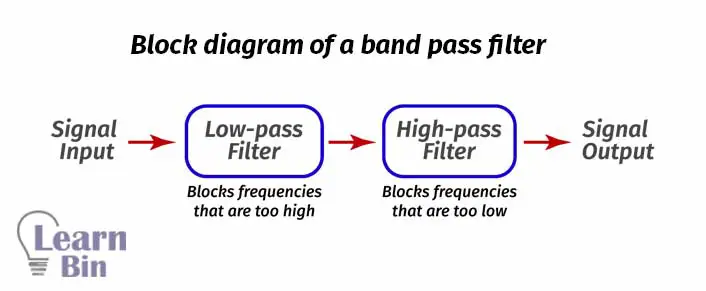
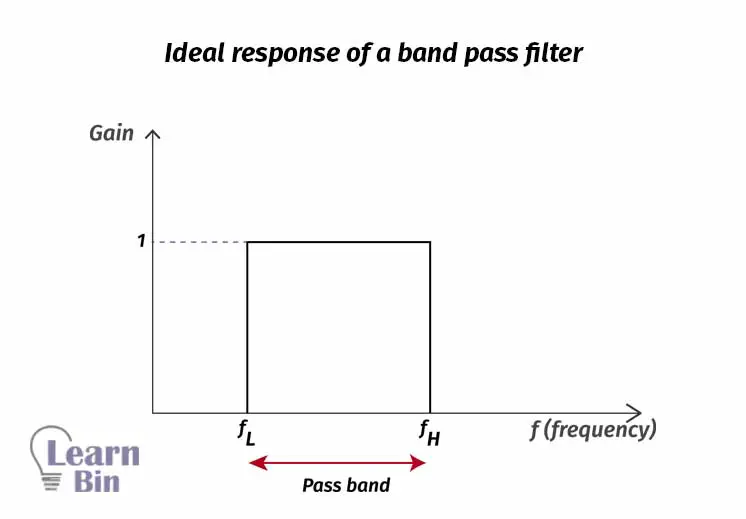

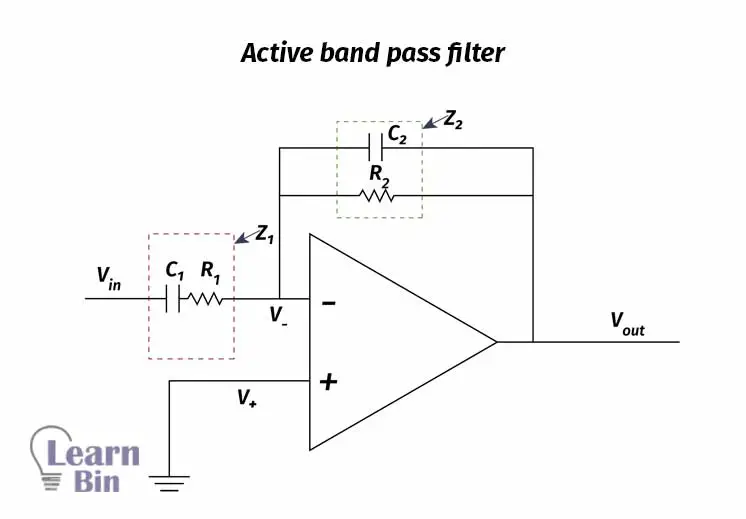
Where Vin is the input voltage and Vo is the output voltage, the voltage gain of an active band pass filter can be written as follows,

Vin is affected by the impedance given by both the R1 resistor and C1 capacitor. The total impedance can be written as follows,

According to the Kirchhoff law, Vin will be,

Where V+ has been grounded, V- also be zero. Therefore,

Vout is affected by the impedance given by both the R2 resistor and the C2 capacitor. The total impedance can be shown in the following equation,

Output voltage Vo is given by,
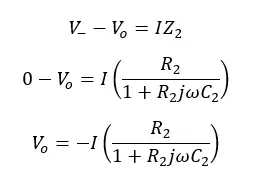
Where,
Therefore, the voltage gain will be,
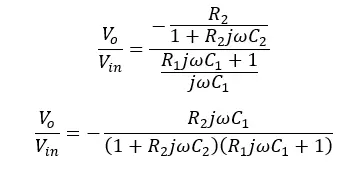
Let's take,
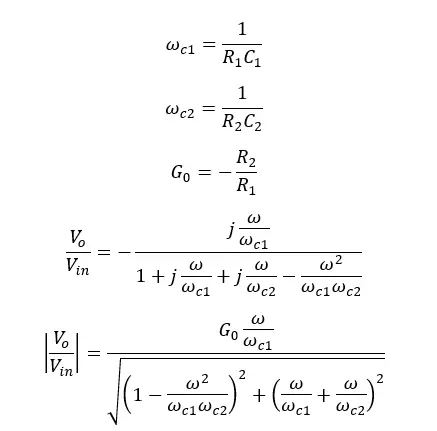
The above equation is the transfer function of an active band pass filter.
The difference between the upper critical frequency (fc2) and the lower critical frequency (fc1) is identified as The bandwidth (BW). Upper critical frequency fc2, lower critical frequency fc1, and bandwidth can be calculated as follows.
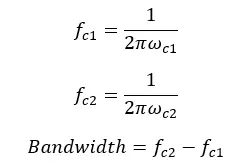
The frequency that the pass band is centered is known as the center frequency, fo. Center Frequency can be defined as the geometric mean of the critical frequencies. The center frequency is calculated as follows.

Passive band pass filters can be either RC circuits or RLC circuits
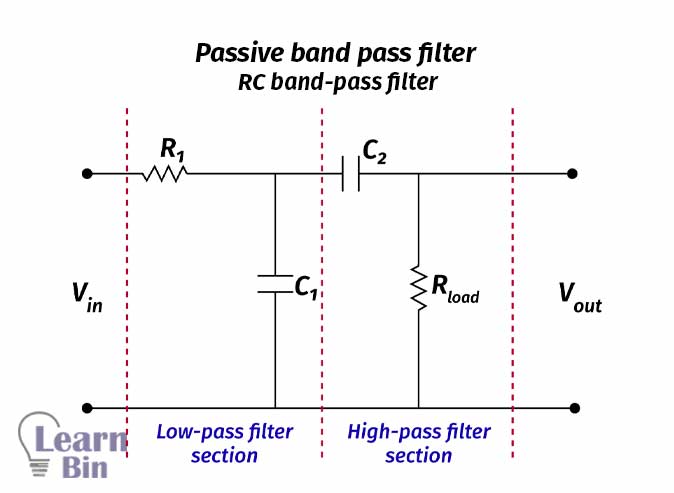
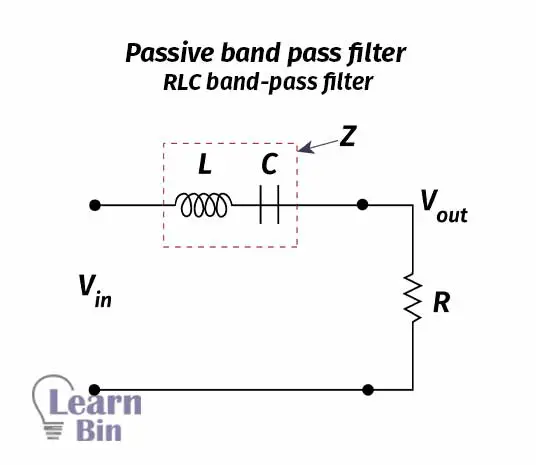

Where,

For ease of simplification, let’s take the reciprocal of the voltage gain,
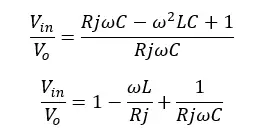
To remove the complex parts of the equation, the 4th power of complex parts is taken separately and the 4th root is taken. So, the transfer function is given by,
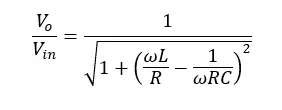
When ω = ω0 (angular frequency at the center frequency, f0), voltage gain shows the highest value which is 1. At the highest gain,

To fulfill the above requirement, at the center frequency,
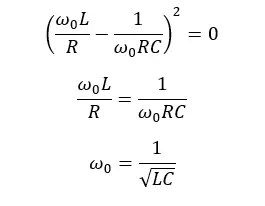
For the 3dB cutoff frequency,
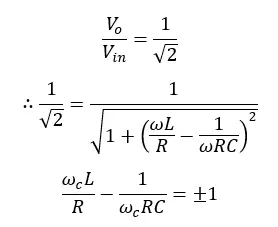
By solving the above equation, upper and lower 3dB frequencies can be obtained.



The quality factor (Q) of a band-pass filter can be defined as the ratio of the center frequency to the bandwidth.

If the value of Q (quality factor) is higher, the bandwidth will become narrower. So that shows better selectivity for a given value of fo. (Q>10) as a narrow band or (Q<10) as a wide band.

The cover image was created using an image by Sergio Stockfleth from Pixabay